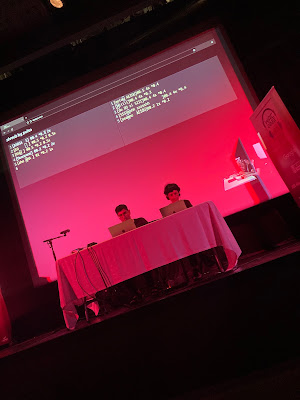 Prof Bret Battey’s latest audiovisual composition, ‘Estuaries 4’ (2021), has been awarded the ‘Best Video’ prize by MuVi6, an international exhibition of video and moving image on synesthesia and visual music. It will be screened in the MuVi6 conference at the University of Granada in October and will be featured in an associated online exhibition and a print book release.
Prof Bret Battey’s latest audiovisual composition, ‘Estuaries 4’ (2021), has been awarded the ‘Best Video’ prize by MuVi6, an international exhibition of video and moving image on synesthesia and visual music. It will be screened in the MuVi6 conference at the University of Granada in October and will be featured in an associated online exhibition and a print book release.
‘Estuaries 4’ was also recently screened at the Sound and Music Computing Conference (Saint Etienne, France), the NoiseFloor Festival (University of Saffordshire), the International Computer Music Conference (University of Limerick), and the COMMUTE Festival of the Estonian Academy of Music and Theatre. It is also scheduled for September screening at the Over the Real video art festival in Lucca, Italy.



